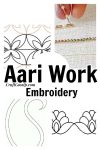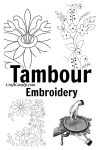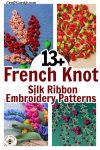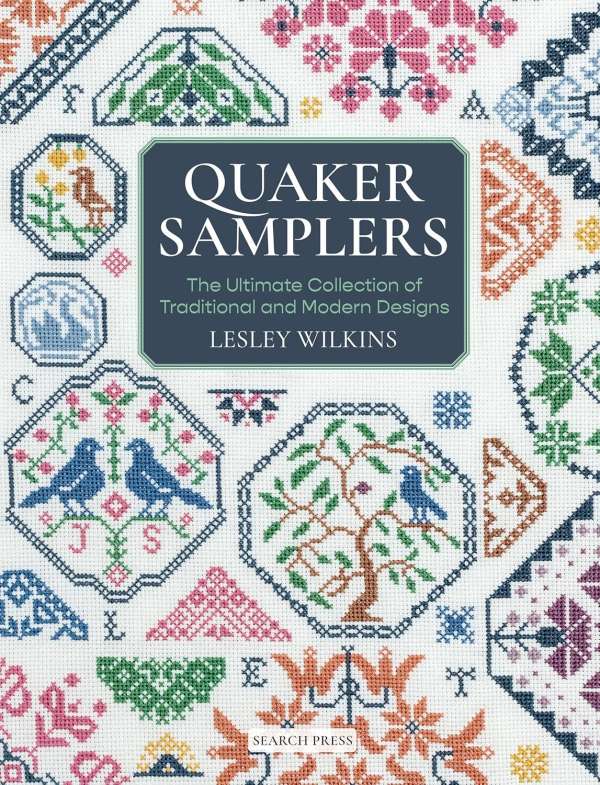
Embroidery is an art form that has been practiced for centuries, and French knots are one of the stitches that have stood the test of time. This stitch adds a unique texture and dimension to any embroidery project, and it’s a staple in the needlework world. That’s why I’m excited to introduce you to “One Stitch, Every Size,” a series on the YouTube channel, The Stitchery.
In this series, The Stitchery explores the versatility of French knots by testing them out with 22 different types and weights of floss and thread. From silk to cotton to wool, they try it all, and their findings will be revealed at the end of each episode. You’ll get an inside look at how this stitch behaves with different materials, and you’ll learn which ones work best for your projects.
French knots have a rich history in the embroidery world. They were used on the Butler-Bowdon cope, a 14th-century opus Anglicanum, although they were not a particularly common stitch in this tradition. They were also utilized on a significant piece of Swiss/South German ecclesiastical needlework from the 16th century, and by the next century, they were undoubtedly widespread in both Jacobean crewelwork and raised work. French knots were frequently used to depict foliage or hair, adding texture and depth to the design.
Learning how to make French knots can be a bit intimidating at first, but with the right technique and practice, anyone can master this stitch. It’s all about keeping the tension consistent and choosing the right floss or thread for your project. With “One Stitch, Every Size,” you’ll get an inside look at how this stitch behaves with different materials, making it easier for you to choose the right one for your embroidery project.





Leave a Reply